From understanding different materials to considering your cooking style, we’ll cover everything you need to know to make informed decisions. The right cookware investment can last for decades, making your daily cooking experiences more efficient and your meals more delicious.
Essential Cookware Buying Guide: 8 Key Considerations
1. Cookware Material
The material of your cookware significantly impacts its performance, durability, and maintenance requirements. Each material has unique properties that make it better suited for certain cooking techniques.

Stainless steel offers excellent durability and versatility, while copper provides superior heat conductivity. Cast iron retains heat exceptionally well but requires more maintenance. Nonstick surfaces make cooking delicate foods and cleanup easier but may have a shorter lifespan. We’ll explore each material in detail later in this guide.
2. Heat Conductivity and Retention
How quickly and evenly your cookware heats up—and how well it maintains that heat—directly affects your cooking results. Materials like copper and aluminum conduct heat rapidly and evenly, making them excellent for precise temperature control. Cast iron heats slowly but retains heat exceptionally well, making it ideal for searing and slow cooking.
Multi-ply cookware combines different metals to leverage the benefits of each. For example, stainless steel with an aluminum or copper core provides durability with improved heat distribution.
3. Cooktop Compatibility
Not all cookware works on every cooking surface. If you have an induction cooktop, you’ll need magnetic cookware materials like cast iron or magnetic stainless steel. Glass cooktops work best with flat-bottomed, smooth cookware that won’t scratch the surface.
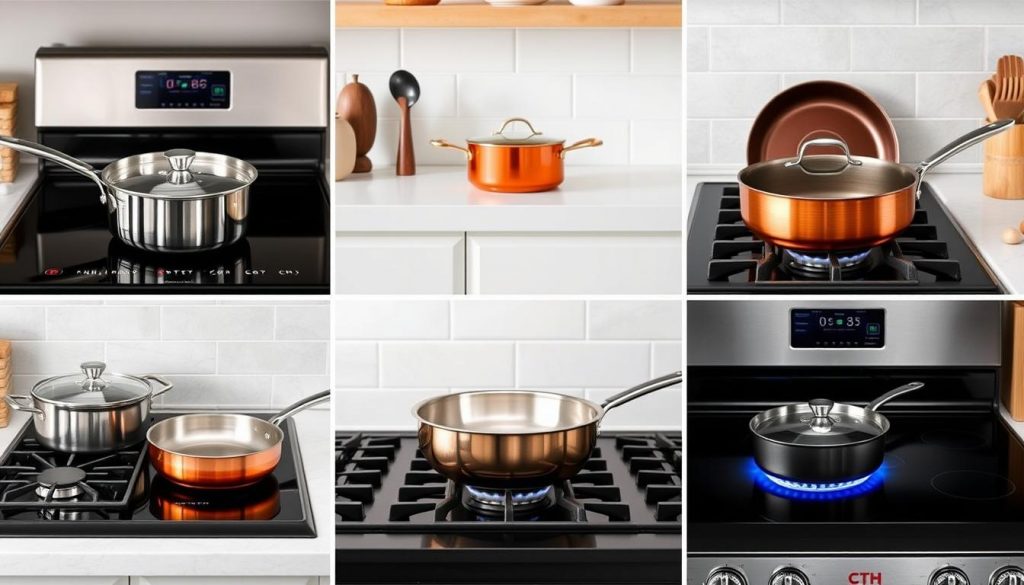
Always check manufacturer specifications to ensure compatibility with your cooking surface. Many modern cookware pieces are designed to work across multiple cooktop types, offering greater versatility.
4. Durability and Maintenance
Consider how much time and effort you’re willing to invest in maintaining your cookware. Some materials, like cast iron, require special care but can last for generations. Stainless steel is generally low-maintenance and dishwasher-safe. Nonstick coatings make cleanup easy but typically have a shorter lifespan and require gentle handling.
Quality cookware is an investment, and proper care can significantly extend its life. Factor in the maintenance requirements when making your selection.
5. Reactivity with Foods
Some cookware materials can react with certain foods, particularly acidic ingredients like tomatoes, citrus, or vinegar. These reactions can affect both the flavor of your food and the longevity of your cookware.
Uncoated aluminum, copper, and cast iron can be reactive, while stainless steel, enameled cast iron, and properly coated nonstick surfaces are generally non-reactive. If you frequently cook acidic foods, prioritize non-reactive materials.
6. Weight and Handling
The weight of your cookware affects both its performance and your comfort while using it. Heavier pans like cast iron retain heat better and are less likely to warp, but they can be challenging to maneuver, especially when full.
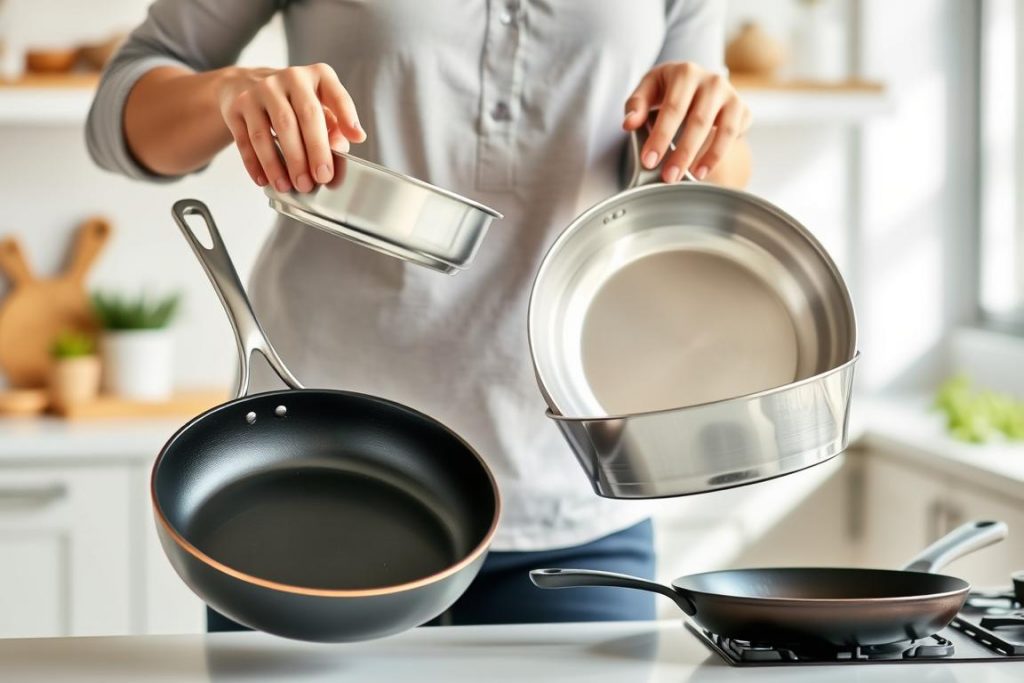
Consider the handle design as well—look for handles that stay cool, provide a secure grip, and are comfortable to hold. Riveted handles tend to be more durable than welded ones. Some cookware features helper handles that make lifting heavy, filled pots easier.
7. Versatility and Oven Safety
Versatile cookware that can transition from stovetop to oven gives you more cooking options. Check the maximum oven-safe temperature for both the pan and its lid. Some materials and handles can only withstand moderate oven temperatures, while others are safe at much higher heat.
If you frequently finish dishes in the oven or use broiling techniques, prioritize cookware with high heat tolerance and oven-safe handles.
8. Budget and Value
Quality cookware is an investment, but higher price doesn’t always guarantee better performance. Consider how frequently you cook and which pieces you use most often. It’s often worth spending more on everyday essentials while being more budget-conscious with specialty items.
Remember that buying fewer, higher-quality pieces that last for years can be more economical than repeatedly replacing cheaper options. Many professional chefs recommend building your collection gradually, investing in the best quality you can afford for each piece.
Cookware Material Comparison: Finding Your Perfect Match
Understanding the properties of different cookware materials is essential for making an informed choice. Each material has distinct advantages and limitations that make it better suited for certain cooking techniques.
| Material | Pros | Cons | Best For | Maintenance |
| Stainless Steel | Durable, non-reactive, dishwasher-safe, won’t alter food flavors, works on all cooktops | Poor heat conductor unless clad with aluminum/copper, food can stick, higher quality options are expensive | All-purpose cooking, searing, browning, sautéing, making sauces | Easy – dishwasher-safe, occasional polishing for shine |
| Cast Iron | Excellent heat retention, naturally nonstick when seasoned, extremely durable, inexpensive, works on all cooktops | Heavy, reactive with acidic foods, requires special maintenance, heats slowly and unevenly | Searing, frying, baking, slow-cooking, campfire cooking | Moderate – hand wash only, regular seasoning required |
| Enameled Cast Iron | Excellent heat retention, non-reactive, doesn’t require seasoning, attractive appearance | Heavy, expensive, enamel can chip, not as nonstick as seasoned cast iron | Braising, stewing, slow cooking, serving at the table | Easy – dishwasher-safe (though hand washing recommended) |
| Nonstick | Easy food release, simple cleanup, requires less oil for cooking | Limited lifespan, scratches easily, not for high-heat cooking, some coatings raise health concerns | Eggs, pancakes, delicate fish, low-fat cooking | Moderate – hand wash only, avoid metal utensils |
| Copper | Superior heat conductivity, precise temperature control, beautiful appearance | Expensive, reactive with foods (unless lined), requires polishing, not induction-compatible | Delicate sauces, candies, precise temperature control | High – hand wash only, regular polishing |
| Carbon Steel | Lighter than cast iron, develops nonstick patina, excellent for high heat, durable | Requires seasoning, can rust if not maintained, reactive with acidic foods | Stir-frying, searing, use in professional kitchens | Moderate – hand wash only, regular seasoning |
| Ceramic | Non-toxic, environmentally friendly, naturally nonstick, attractive colors | Less durable nonstick properties, can chip or crack, uneven heating | Low to medium-heat cooking, health-conscious cooks | Moderate – hand wash recommended, avoid temperature shocks |
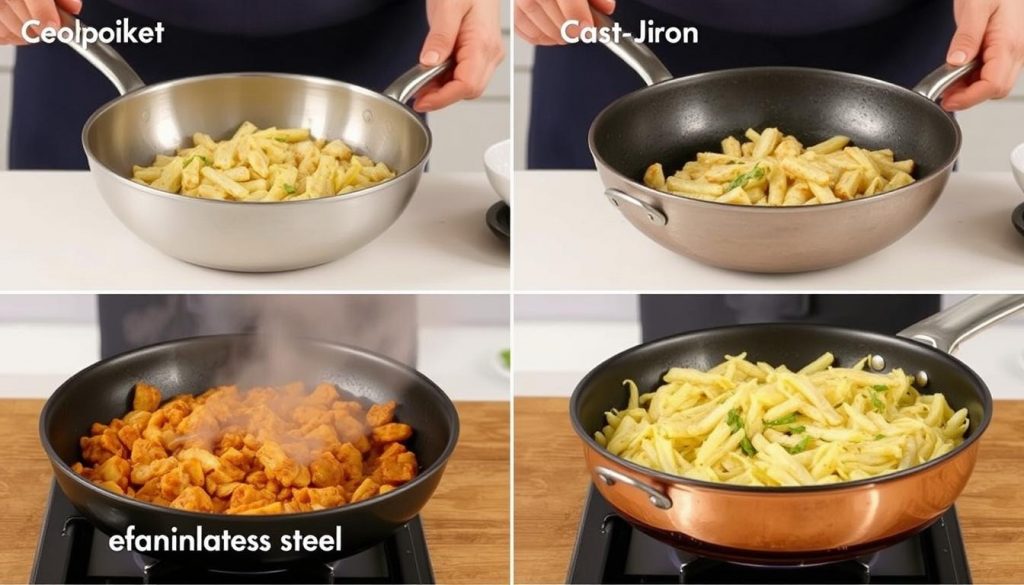
Cookware Sets vs. Individual Pieces: What’s Right for You?
One of the first decisions you’ll face when shopping for cookware is whether to purchase a complete set or build your collection piece by piece. Both approaches have advantages, and the right choice depends on your cooking habits, storage space, and budget.
Benefits of Cookware Sets
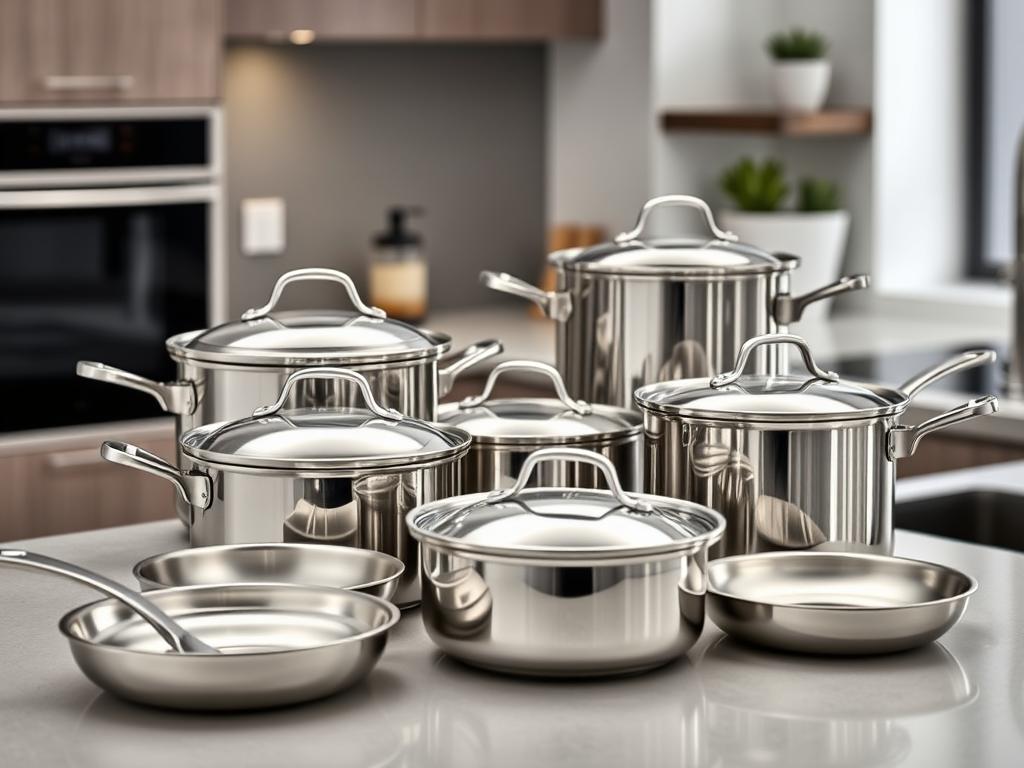
- Cost savings compared to buying pieces individually
- Matching aesthetic for a cohesive kitchen look
- Convenient one-time purchase for new kitchens
- Often includes essential pieces for most cooking needs
- Consistent performance across all pieces
Pro Tip: When evaluating cookware sets, count the actual cooking vessels, not the total pieces. Manufacturers often count lids as separate pieces, making a “10-piece set” actually 5 pots/pans with 5 lids.
Benefits of Individual Pieces
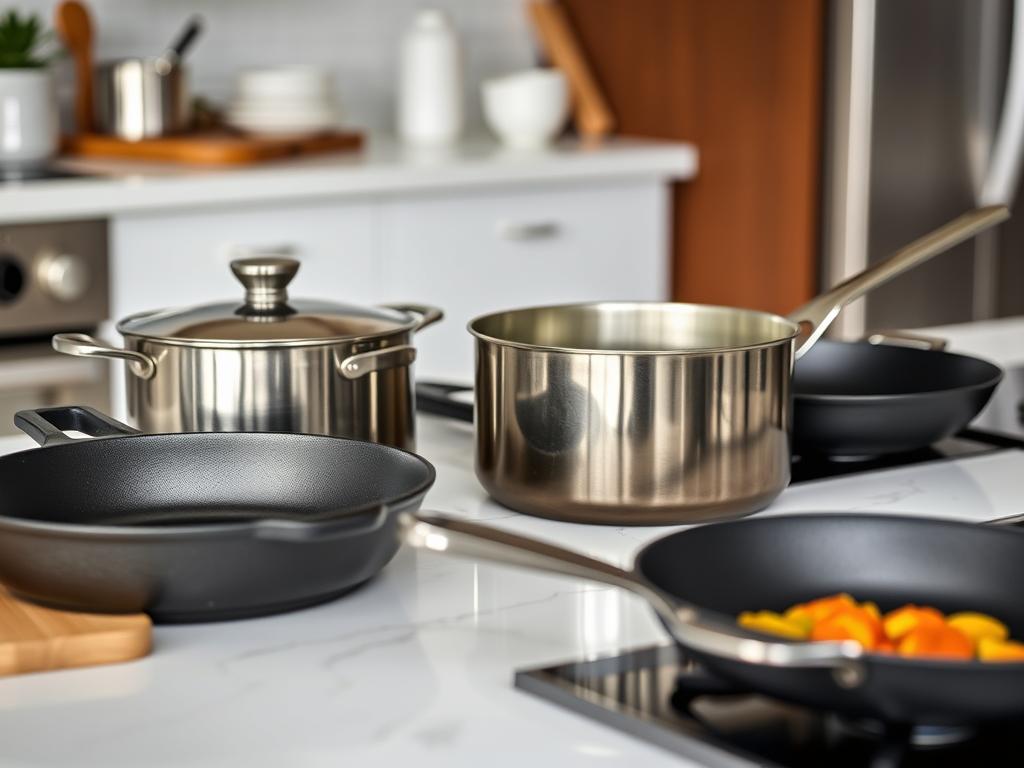
- Select the ideal material for each cooking task
- Build your collection gradually as budget allows
- Avoid paying for pieces you rarely use
- Replace individual items as needed without buying a whole new set
- Customize your collection to your specific cooking style
Pro Tip: Start with versatile workhorses like a 12-inch skillet, a 3-quart saucepan, and a large stockpot. These three pieces can handle most everyday cooking tasks while you build your collection.
Essential Cookware Pieces for Every Kitchen
Whether you choose a set or individual pieces, certain cookware items are indispensable in most kitchens. Consider these essentials as you build your collection:
Frying Pans/Skillets
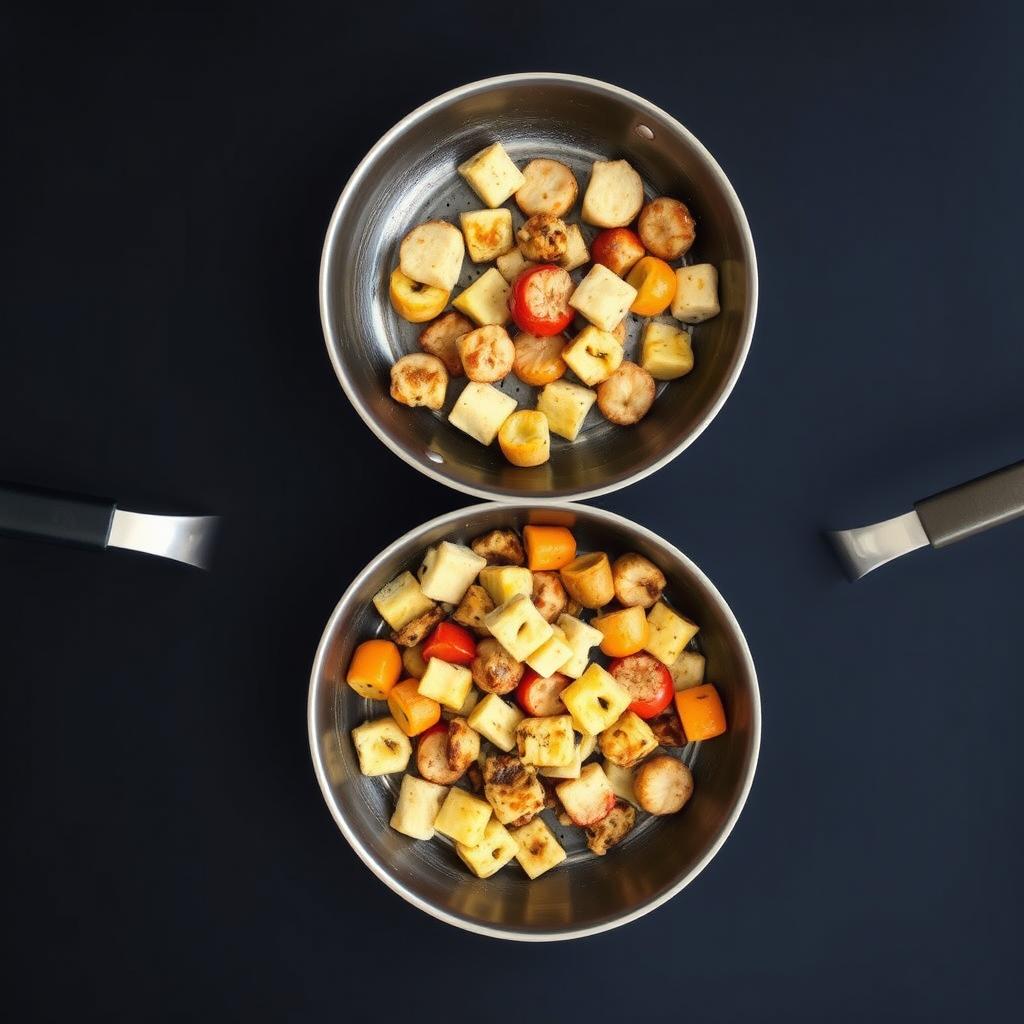
Versatile for sautéing, frying, and searing. Consider having both a 10-12 inch nonstick pan for eggs and delicate foods and a stainless steel or cast iron skillet for high-heat cooking and developing fond.
Saucepans
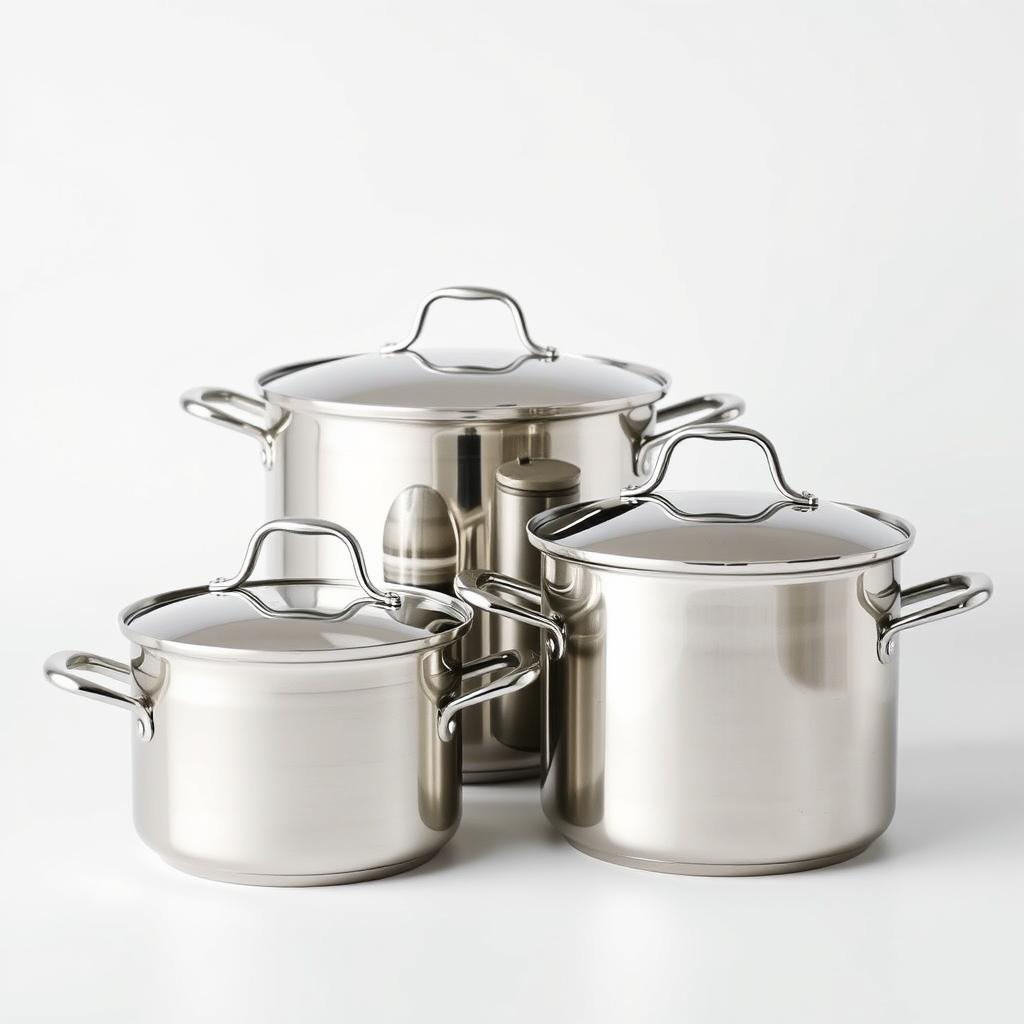
Essential for cooking grains, heating soups, and making sauces. A 2-3 quart saucepan handles most tasks, but having a smaller 1-quart and larger 4-quart option provides more flexibility.
Dutch Oven
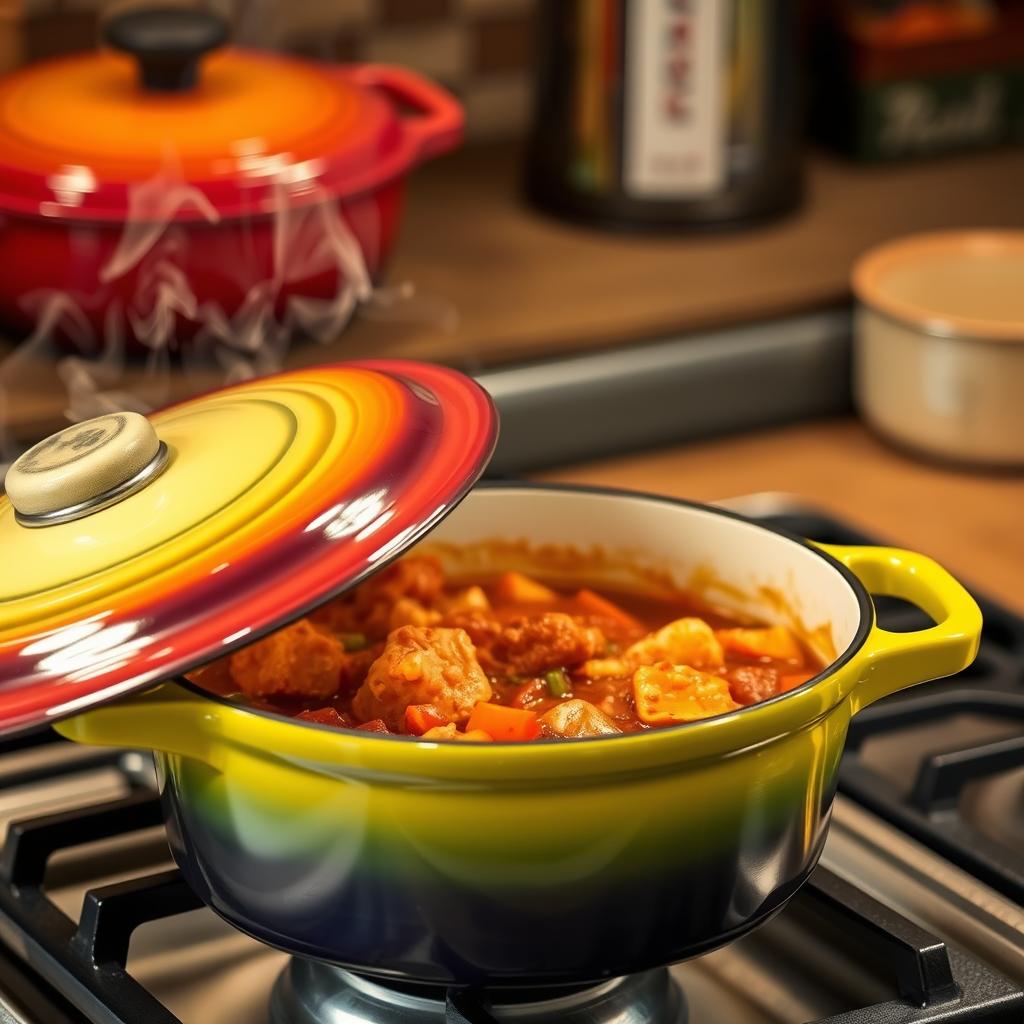
A 5-7 quart enameled cast iron Dutch oven is perfect for braising, stewing, making soups, and even baking bread. This versatile piece transitions seamlessly from stovetop to oven.
Stockpot
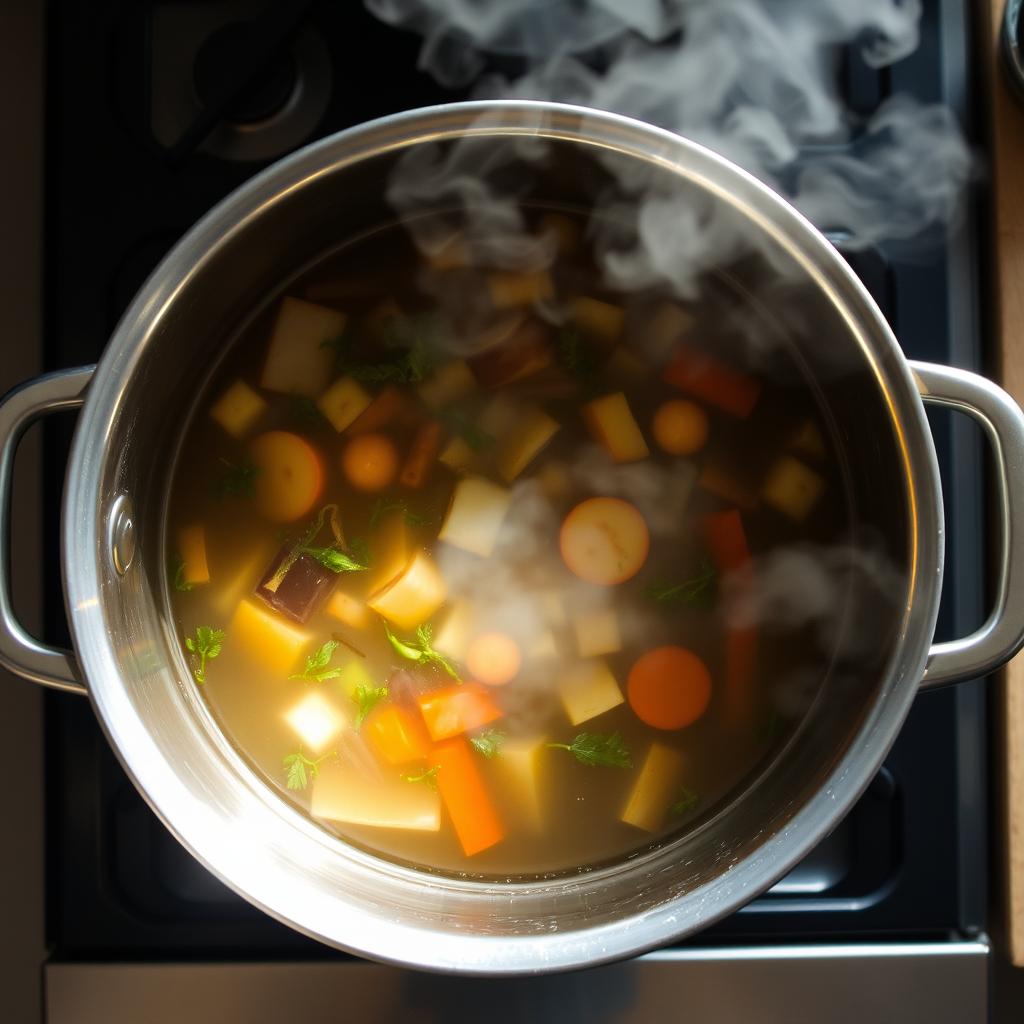
An 8-12 quart pot for making stocks, soups, and cooking pasta. Stainless steel is ideal for this piece as it’s non-reactive for long-simmering acidic ingredients.
Sauté Pan
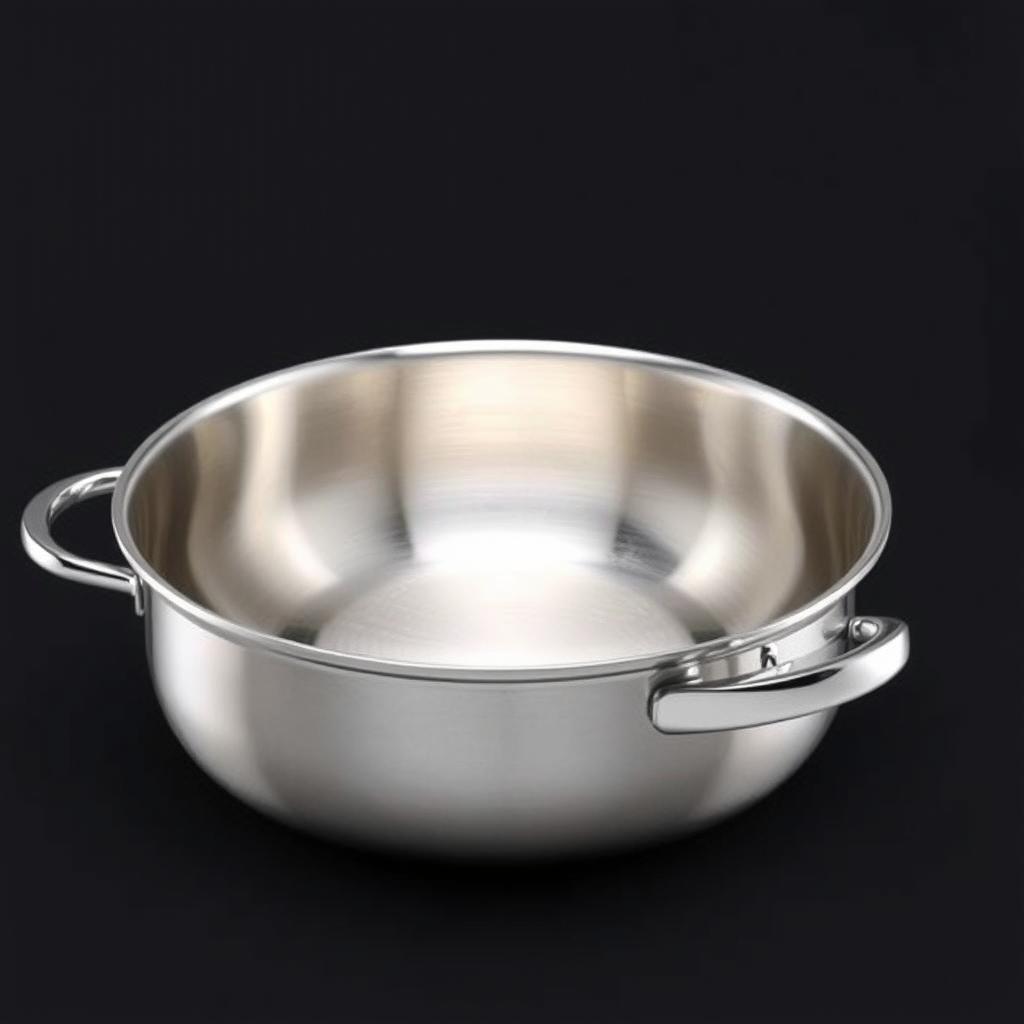
With straight sides deeper than a skillet, a 3-4 quart sauté pan excels at searing, sautéing, and shallow frying while containing splatter. The lid makes it perfect for braising as well.
Sheet Pans
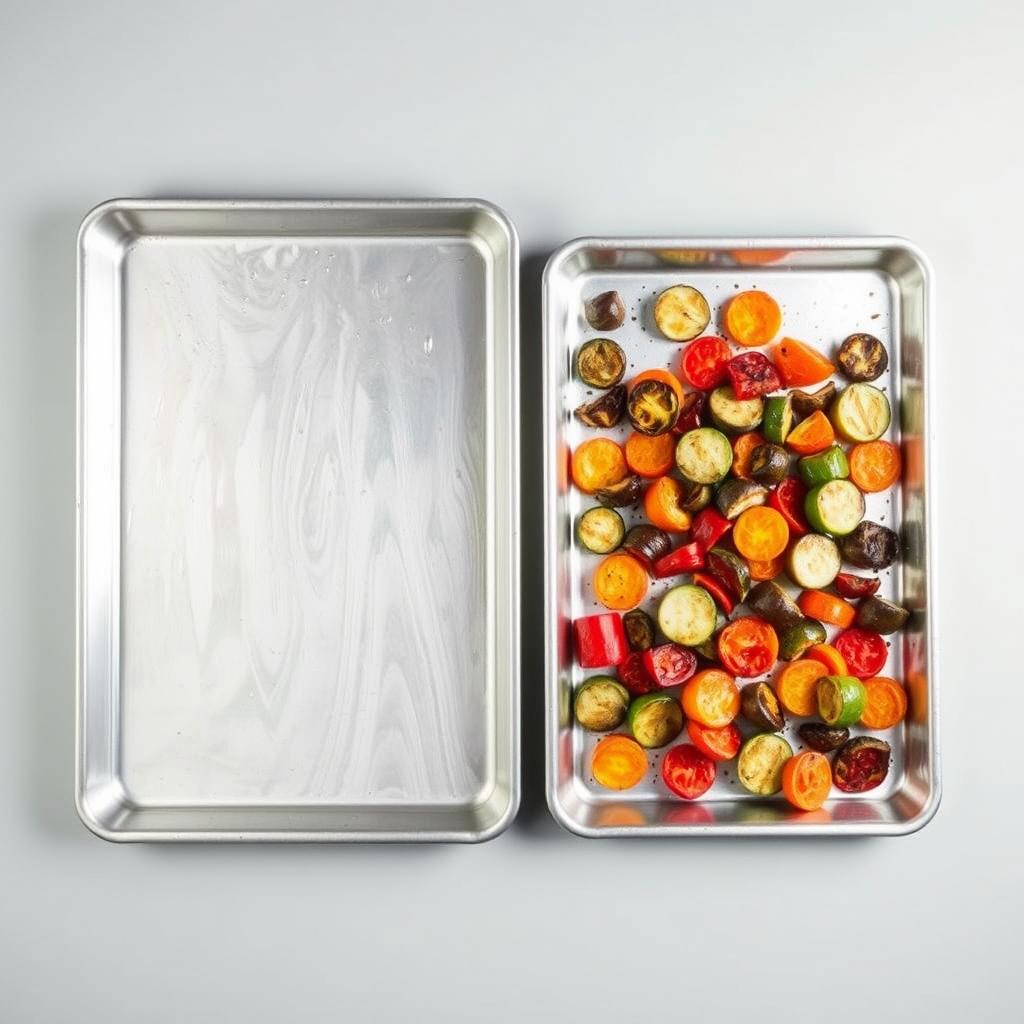
Though not traditional “cookware,” heavy-duty aluminum half-sheet pans are kitchen workhorses for roasting vegetables, baking cookies, and sheet pan dinners.
Cookware Recommendations for Different Cooks
The ideal cookware collection varies depending on your cooking style, experience level, and priorities. Here are tailored recommendations for different types of home cooks.
For Beginner Cooks
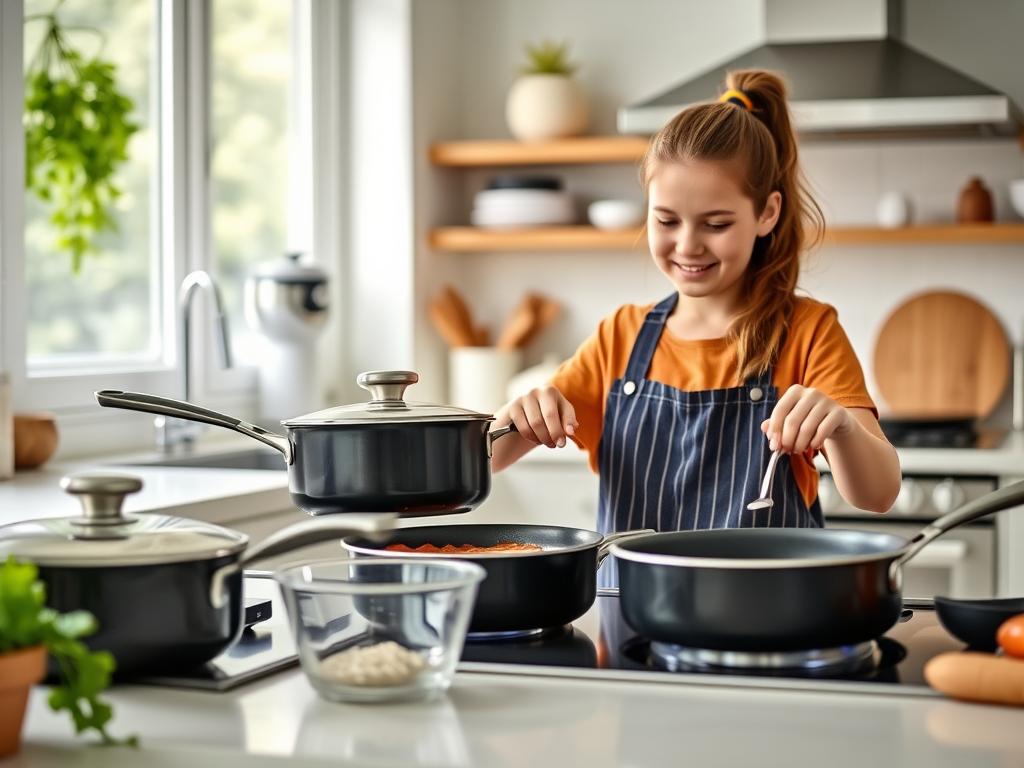
If you’re just starting your culinary journey, focus on versatile, forgiving cookware that makes cooking enjoyable and builds confidence.
- Nonstick skillet (10-12 inch) – Makes cooking eggs, pancakes, and delicate foods easier with less frustration
- Stainless steel saucepan (3 quart) – Perfect for cooking grains, heating soups, and making simple sauces
- Stainless steel stockpot (8 quart) – For boiling pasta, making one-pot meals, and simple soups
- Sheet pan – For roasting vegetables and sheet pan dinners
Best Cookware Set for Beginners
The Cuisinart Chef’s Classic Stainless Steel 7-Piece Set offers excellent value with essential pieces that will help you master basic techniques without breaking the bank.
For Health-Conscious Cooks
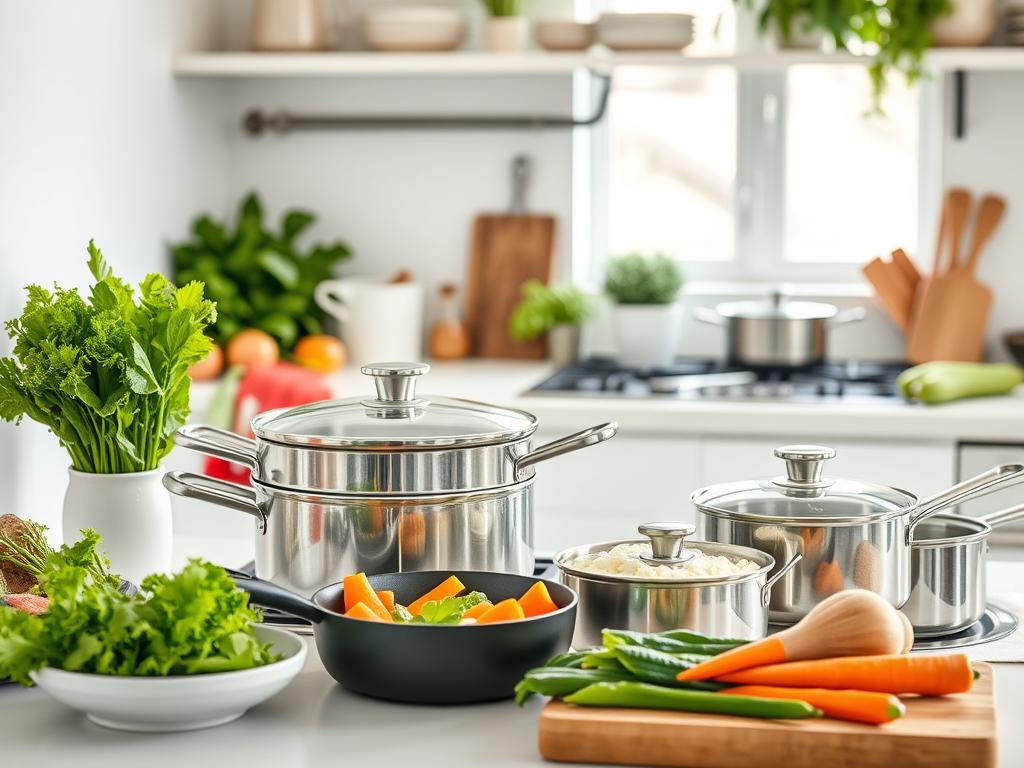
If you prioritize healthy cooking methods and have concerns about cookware materials, focus on non-toxic options that require minimal added fats.
- Ceramic nonstick skillet – PFOA and PTFE-free for healthier low-oil cooking
- Stainless steel cookware – Non-reactive and won’t leach chemicals into food
- Enameled cast iron Dutch oven – For slow-cooking without worrying about reactivity
- Glass storage containers – For safely storing leftovers without plastic
Best Cookware for Health-Conscious Cooks
The GreenPan Valencia Pro Ceramic Nonstick set features a toxin-free coating and works on all cooktops including induction.
For Budget-Conscious Cooks
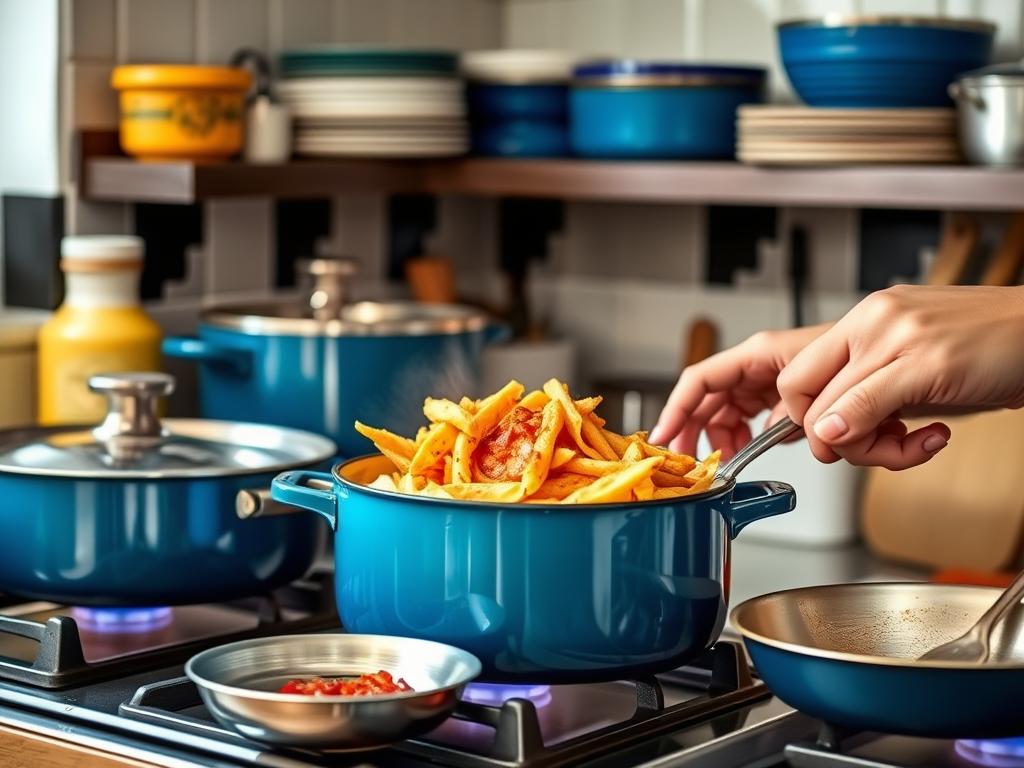
Quality cookware doesn’t have to break the bank. Focus on versatile pieces that perform multiple functions and will last for years.
- Lodge cast iron skillet – Affordable, virtually indestructible, and improves with age
- Tramontina stainless steel pieces – Excellent performance at a fraction of premium brand prices
- Restaurant supply aluminum sheet pans – Professional quality at budget prices
- Gradual collection building – Invest in one quality piece at a time rather than cheap sets
Best Budget Cookware Set
The Tramontina Gourmet 12-Piece Tri-Ply Clad Cookware Set offers performance comparable to much more expensive brands at a fraction of the price.
For Serious Home Chefs
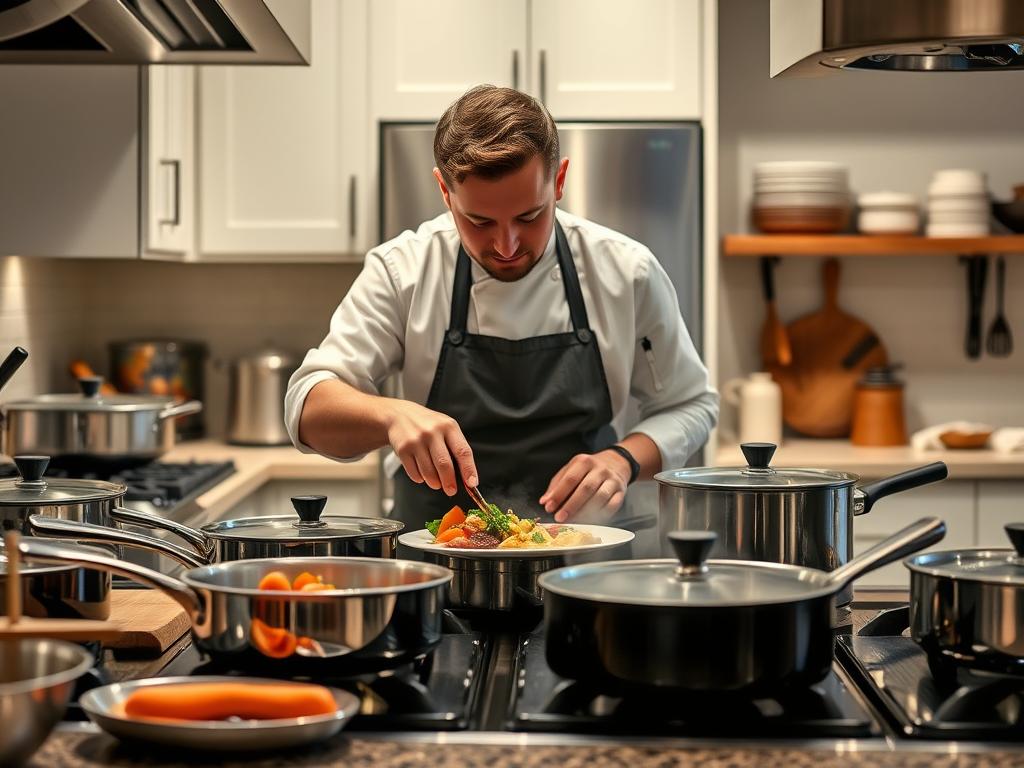
If cooking is your passion and you’re looking to invest in professional-quality equipment, these options offer exceptional performance and durability.
- All-Clad stainless steel cookware – Industry standard for performance and longevity
- Le Creuset enameled cast iron – Exceptional heat retention and generations of durability
- Mauviel copper pans – Unparalleled heat control for precision cooking
- Specialized pieces – Consider task-specific items like fish poachers or paella pans
Best Premium Cookware Set
The All-Clad D3 Stainless Steel 10-Piece Cookware Set is a professional-grade collection that will last a lifetime with proper care.
Cookware Care and Maintenance Tips
Proper care extends the life of your cookware investment and maintains optimal cooking performance. Different materials require specific maintenance approaches.
How should I care for stainless steel cookware?
Stainless steel is durable but can develop stuck-on food and discoloration. For routine cleaning, wash with warm soapy water. For stubborn residue, soak in hot water, then clean with a non-abrasive cleaner like Bar Keepers Friend. To prevent food from sticking, preheat the pan before adding oil, and let food release naturally before attempting to flip it.
What’s the proper way to maintain cast iron cookware?
Never soak cast iron or put it in the dishwasher. Clean with hot water and a stiff brush or chain mail scrubber. For stubborn food, simmer a little water in the pan to loosen residue. Dry thoroughly and apply a thin layer of oil before storing. If the seasoning becomes damaged, re-season by coating with oil and baking in a 450°F oven for an hour.
How can I extend the life of my nonstick cookware?
Use only wooden, silicone, or nylon utensils with nonstick surfaces. Cook on low to medium heat, as high heat damages the coating. Hand wash with a soft sponge—never use abrasive cleaners or steel wool. Stack pans with protective layers between them to prevent scratching. Replace nonstick pans when they show significant scratching or food begins to stick regularly.
How do I clean enameled cast iron?
Allow the cookware to cool before cleaning. Use hot, soapy water and a non-abrasive sponge for routine cleaning. For stubborn stains, fill with water and a few tablespoons of baking soda, simmer for 8-10 minutes, then clean as usual. Avoid metal utensils that can chip the enamel, and don’t expose hot cookware to cold water, which can cause cracking.
How should I store my cookware to prevent damage?
Nest similar pieces when possible, with protective layers between them. Hang frequently used pieces on a pot rack for easy access and to save cabinet space. Store lids separately or upside down on pots to prevent rim damage. For nonstick cookware, avoid stacking without protection. Consider dedicated organizers for lids and specialty pieces.
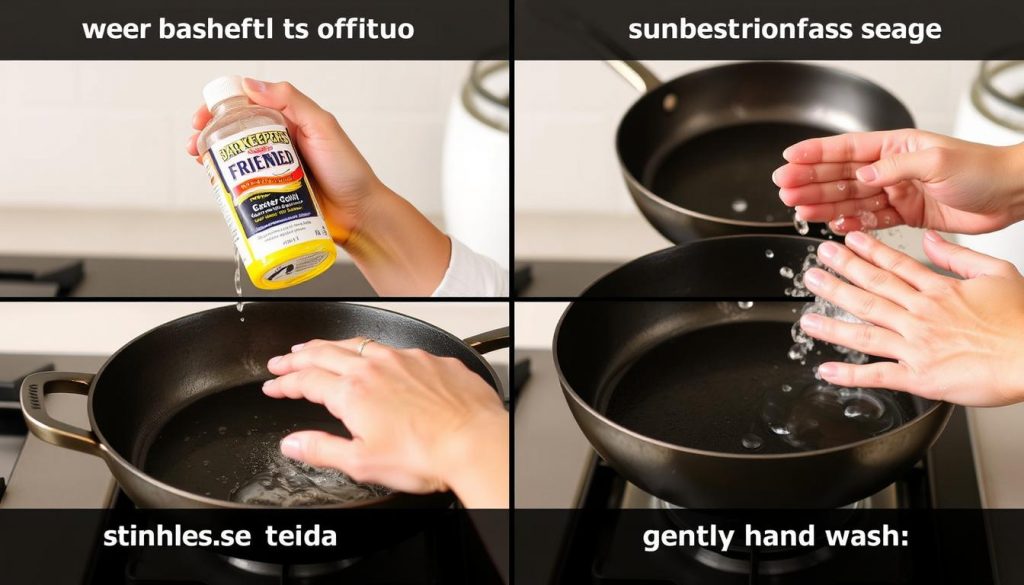
Top Cookware Brands Worth Considering
While there are countless cookware manufacturers, certain brands have established reputations for quality, performance, and value. Here’s a quick overview of some top contenders worth considering.
All-Clad
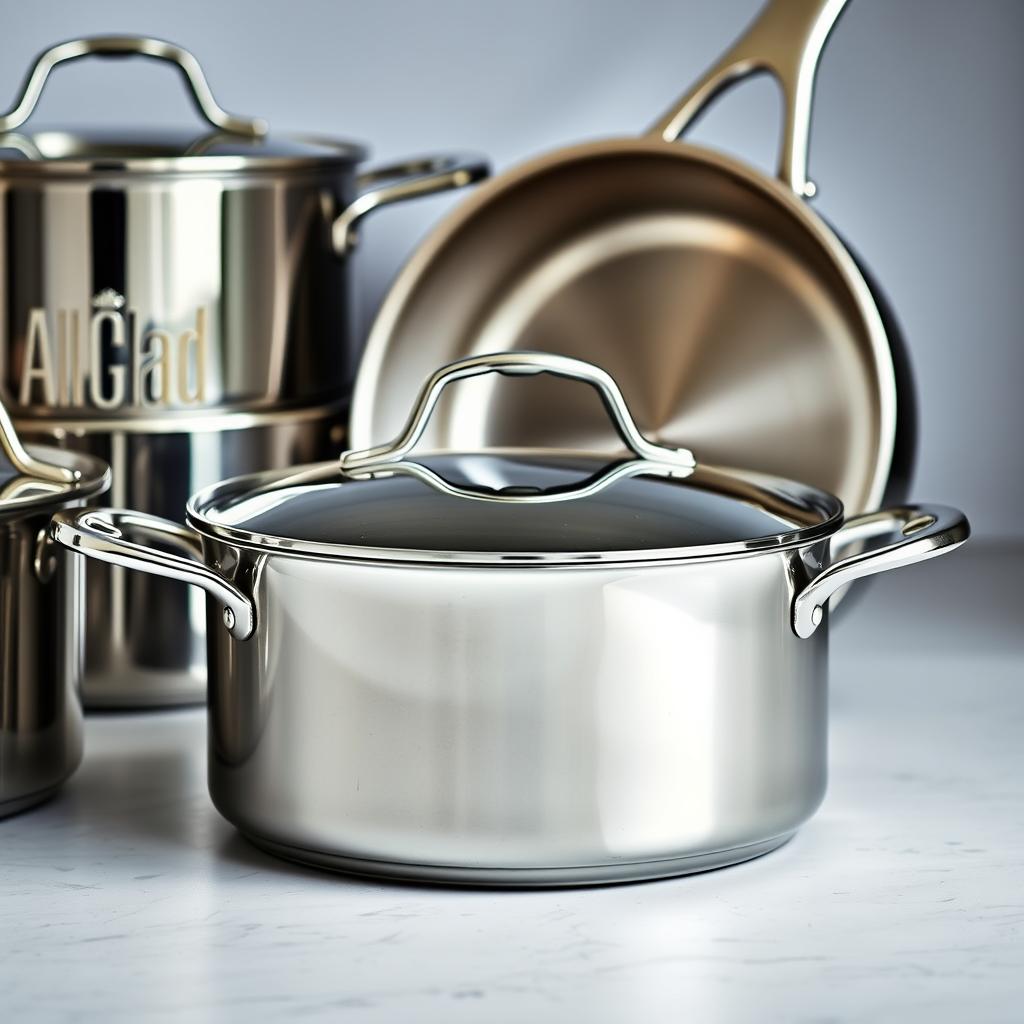
Premium
American-made premium cookware known for exceptional heat distribution and durability. Their tri-ply and five-ply stainless steel collections are industry standards for professional-grade home cookware.
Lodge
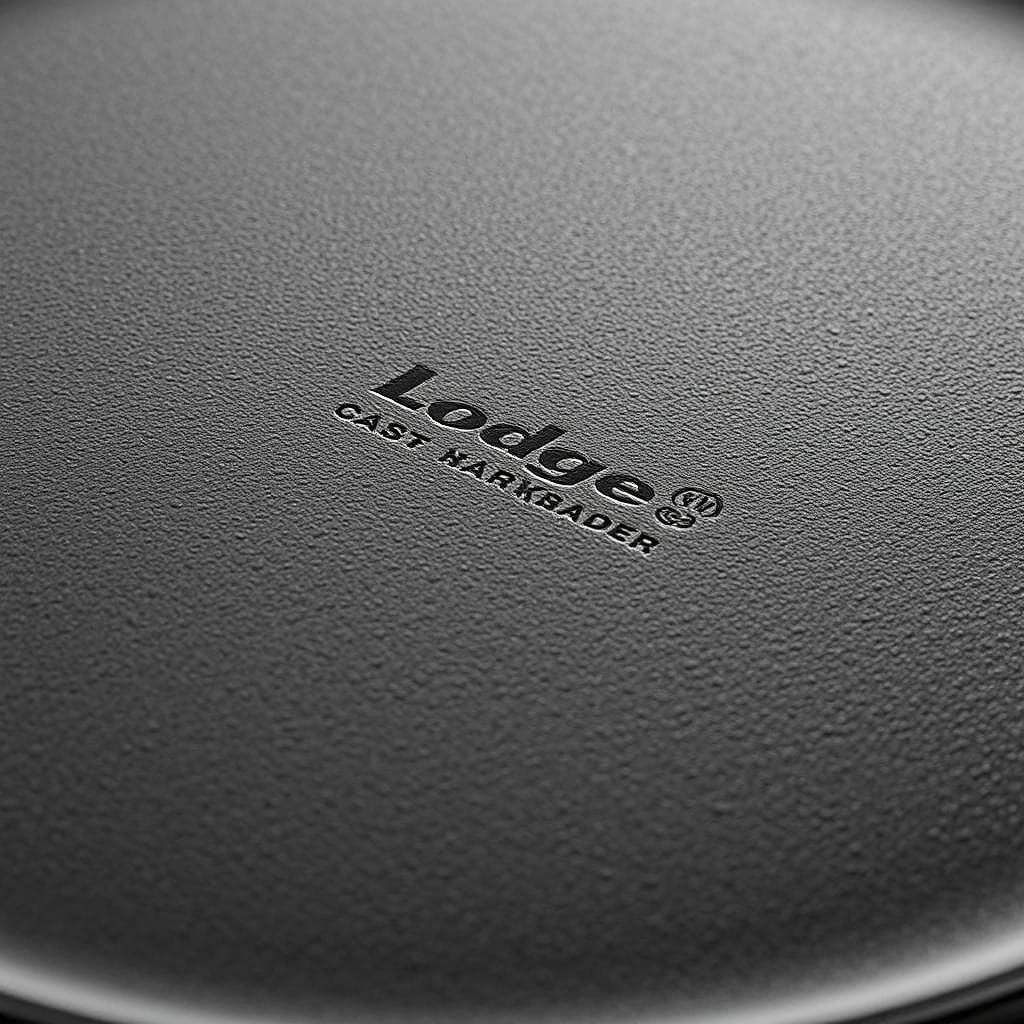
Value
America’s oldest cast iron cookware manufacturer offers exceptional quality at accessible prices. Their pre-seasoned cast iron skillets are legendary for durability and value.
Le Creuset
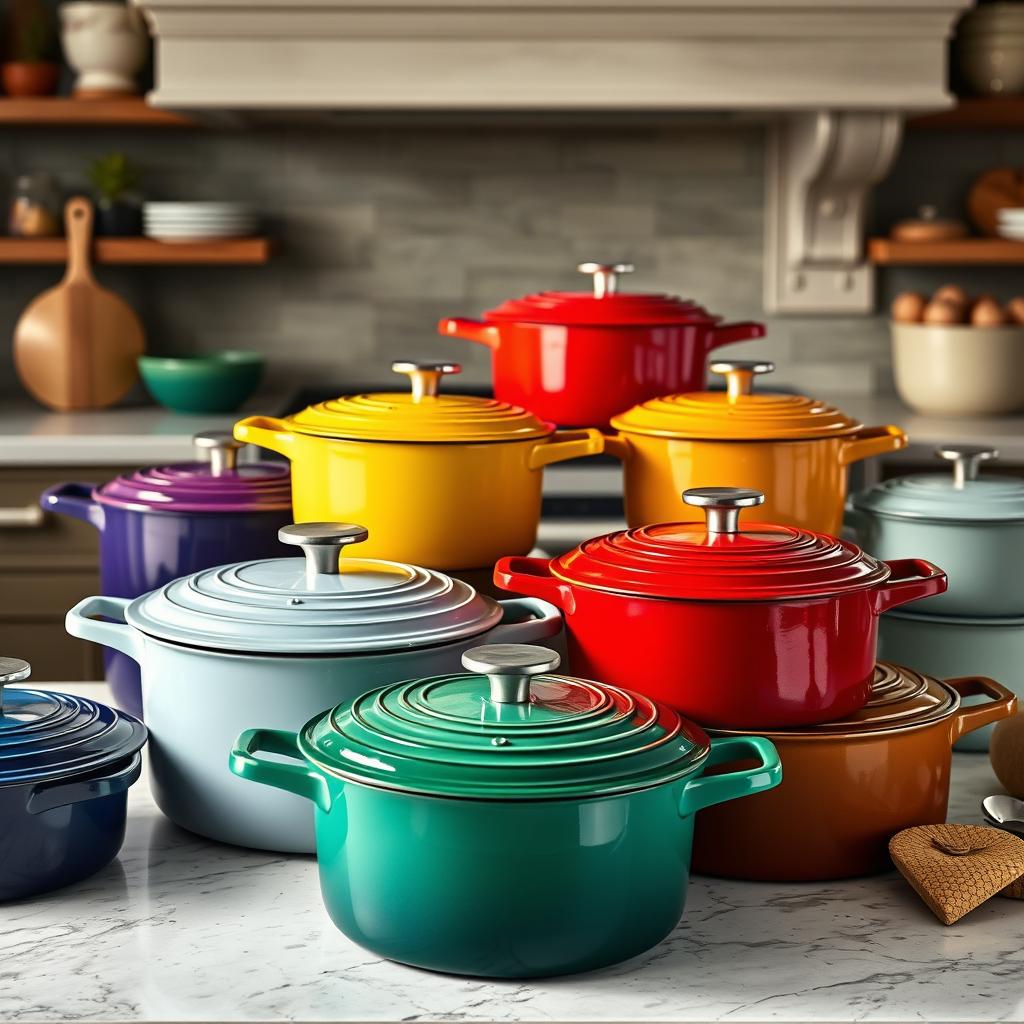
Premium
French manufacturer renowned for colorful, high-quality enameled cast iron. Their Dutch ovens are heirloom-quality pieces that combine exceptional performance with stunning aesthetics.
Tramontina
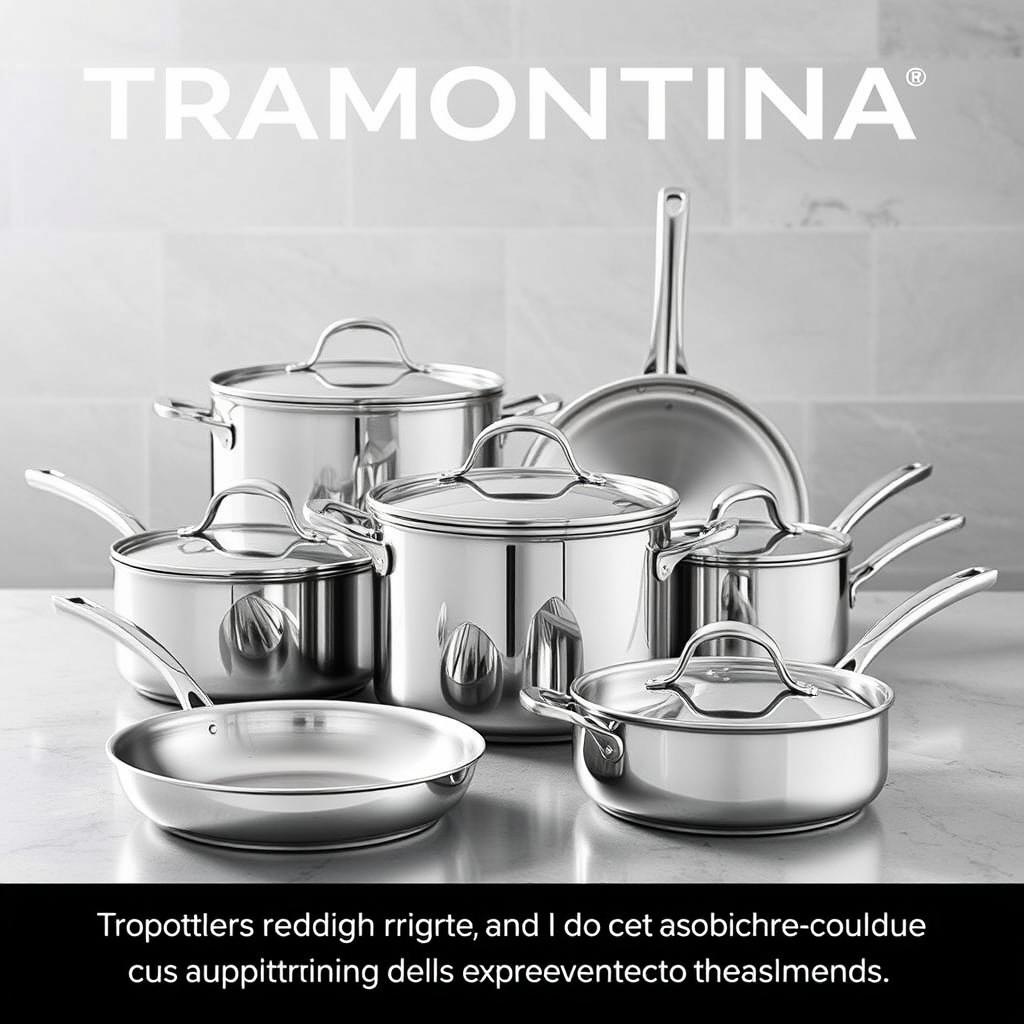
Value
Brazilian manufacturer offering excellent quality at mid-range prices. Their tri-ply stainless steel cookware performs comparably to premium brands at a fraction of the cost.
GreenPan
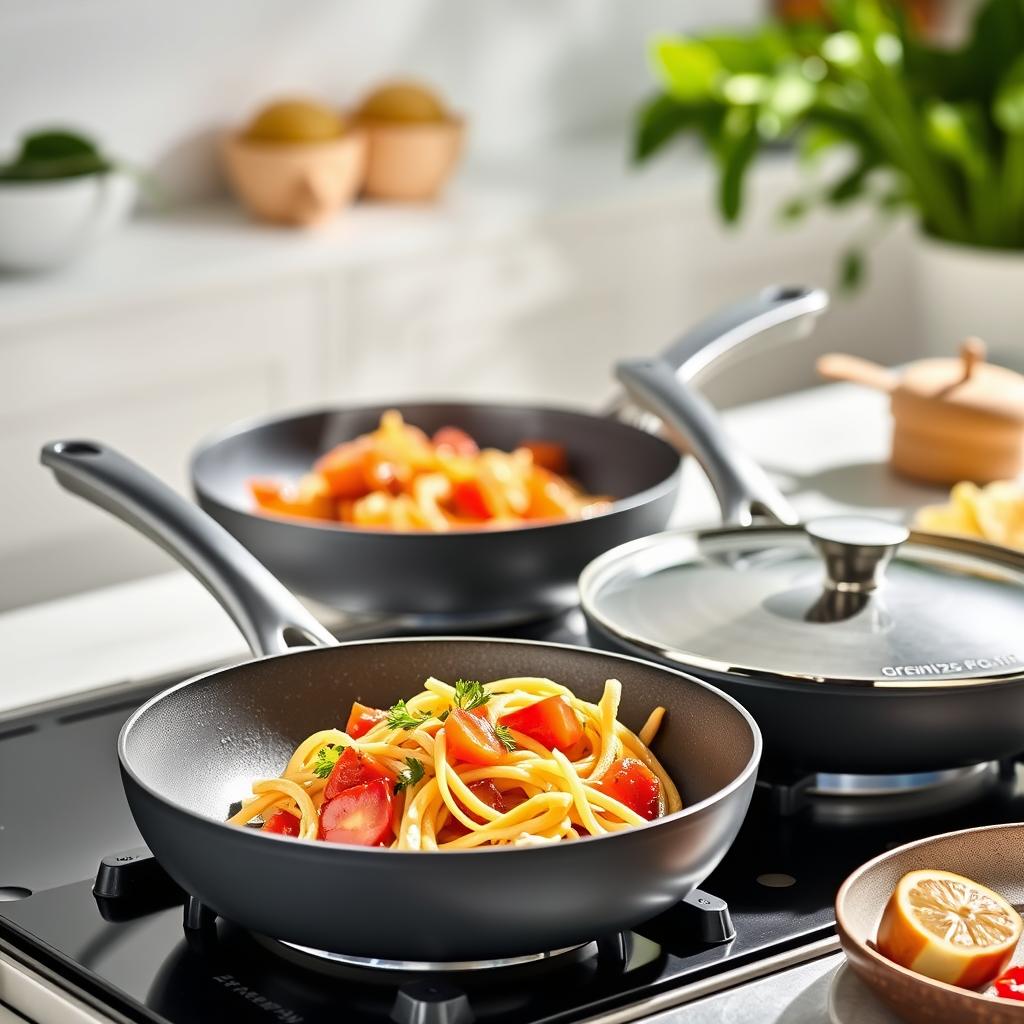
Eco-Friendly
Pioneer in ceramic nonstick technology, offering PFOA and PTFE-free cookware. Their Thermolon coating provides nonstick performance without the potential health concerns of traditional nonstick surfaces.
Cuisinart
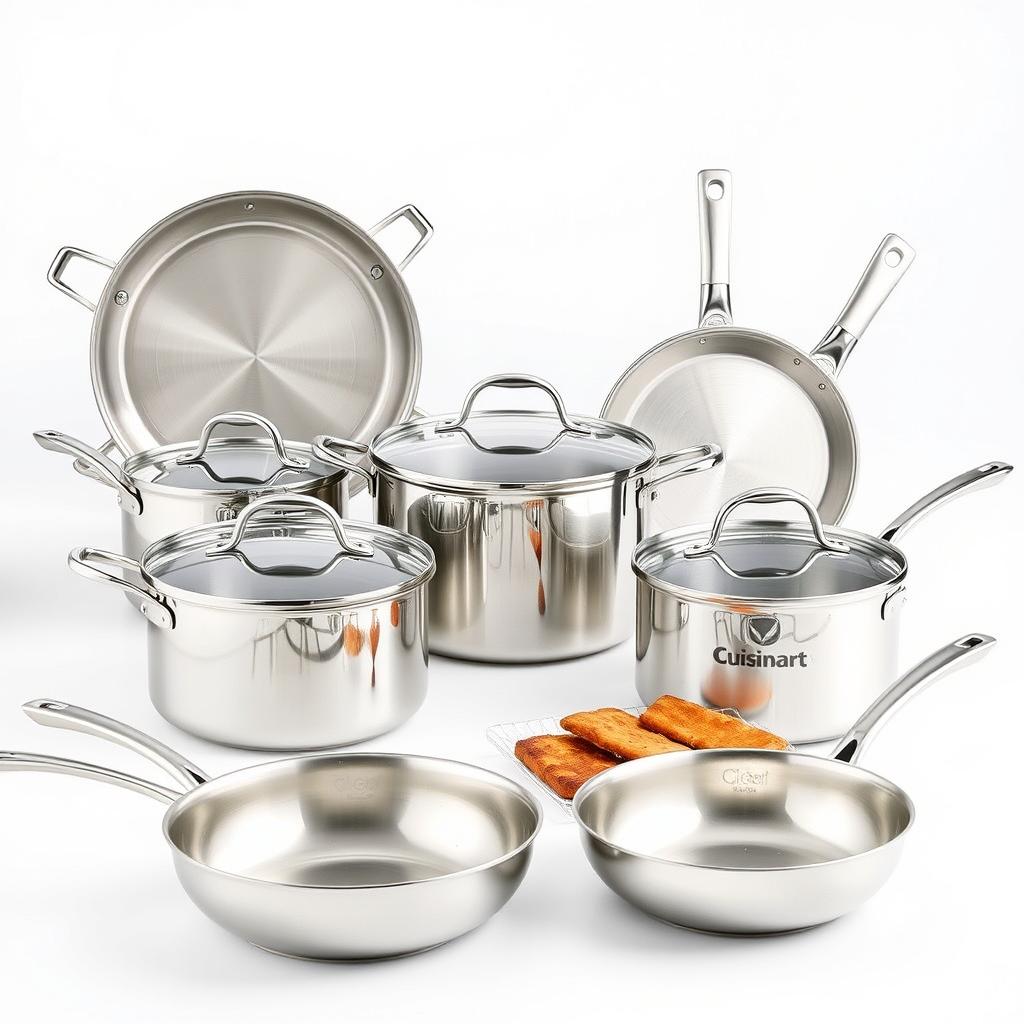
Value
Well-known kitchen brand offering good quality cookware at accessible price points. Their stainless steel and nonstick collections provide solid performance for everyday home cooking.
Making Your Final Cookware Decision
Choosing the right cookware is a personal decision that depends on your cooking style, preferences, and budget. Rather than following trends or marketing claims, focus on how you actually cook and which features will make your time in the kitchen more enjoyable and productive.
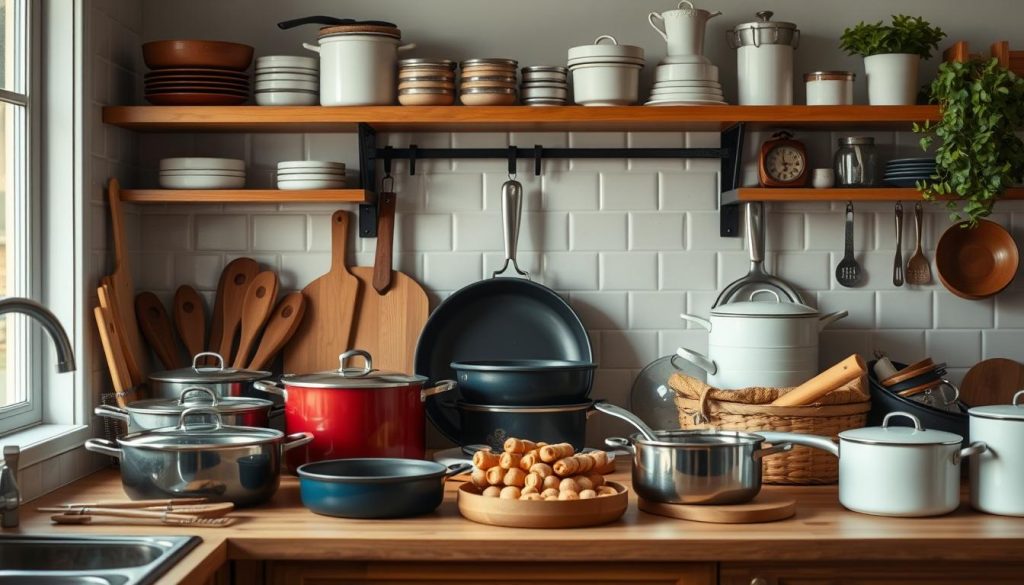
Remember that building a cookware collection is a journey, not a one-time purchase. Start with versatile essentials that meet your immediate needs, then add specialized pieces as your cooking skills and interests evolve. Quality cookware is an investment that pays dividends in better cooking results and daily enjoyment for years to come.
Ready to Upgrade Your Kitchen?
Browse trusted cookware reviews and find the perfect pots and pans for your cooking style. Whether you’re just starting out or looking to upgrade specific pieces, investing in quality cookware will transform your cooking experience.
We hope this cookware buying guide has helped clarify the sometimes overwhelming world of pots and pans. With the right tools in your kitchen, you’ll be well-equipped to create delicious meals with confidence and joy.

